The College Economy: Educational Differences in Labor Market Outcomes
Rajashri Chakrabarti, Thu Pham, Beckett Pierce, and Maxim Pinkovskiy

It is intuitive that workers with higher levels of education tend to earn more than workers with less education. However, it is also true that workers with more education are much more likely to be employed, and this employment advantage of education has, if anything, grown in recent years. In this post, we document profound differences in labor market outcomes by educational attainment. Drawing on the Economic Heterogeneity Indicators, we find that the gap in employment rates between workers who have completed college and workers who have not is 12 percentage points—which is larger than the employment gaps between workers of different races/ethnicities or between men and women—and is wider than the pre-pandemic gap. Moreover, most of this gap and its recent movements are driven by differences in labor force participation rates rather than by differences in unemployment rates. Fostering higher labor force participation of workers without a college degree thus would be quite helpful in promoting maximum employment.
Veterans in the Labor Market: 2024 Update
Rajashri Chakrabarti, Dan Garcia, and Maxim Pinkovskiy

Veterans constitute a significant segment of the male labor force, and understanding labor market disparities between veterans and non‑veterans is an important component of studying disparities in the economy as a whole. In a previous Liberty Street Economics post, we have shown that even relative to a group of comparable non-veterans, veterans have lower employment and labor force participation rates. One year later, we see that veterans continue to experience lower labor market attachment and the employment gap has widened, though the earnings gap has closed.
Racial and Ethnic Wealth Inequality in the Post‑Pandemic Era
By Rajashri Chakrabarti, Natalia Emanuel, and Ben Lahey
Editor’s note: Since this post was first published, the authors updated their analysis to focus on the household level of wealth rather than the aggregate level. Please refer to the new blog post and findings here Racial and Ethnic Inequalities in Household Wealth Persist. (June 28, @ 7:19am)
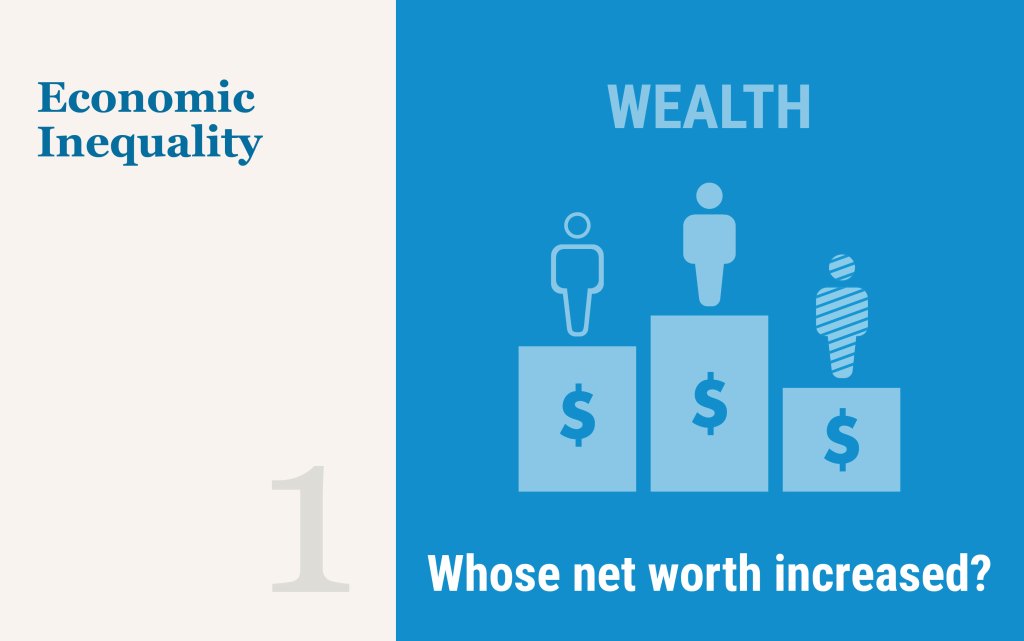
Wealth is unevenly distributed across racial and ethnic groups in the United States. In this first post in a two-part series on wealth inequality, we use the Distributional Financial Accounts (DFA) to document these disparities between Black, Hispanic, and white households from the first quarter of 2019 to the third quarter of 2023 for wealth and a variety of asset and liability categories. We find that these disparities have been exacerbated since the pandemic, likely due to rapid growth in the financial assets more often held by white individuals.
Young, Less Educated Faced Higher Inflation in 2021—But Gaps Now Closed
Rajashri Chakrabarti, Dan Garcia, and Maxim Pinkovskiy
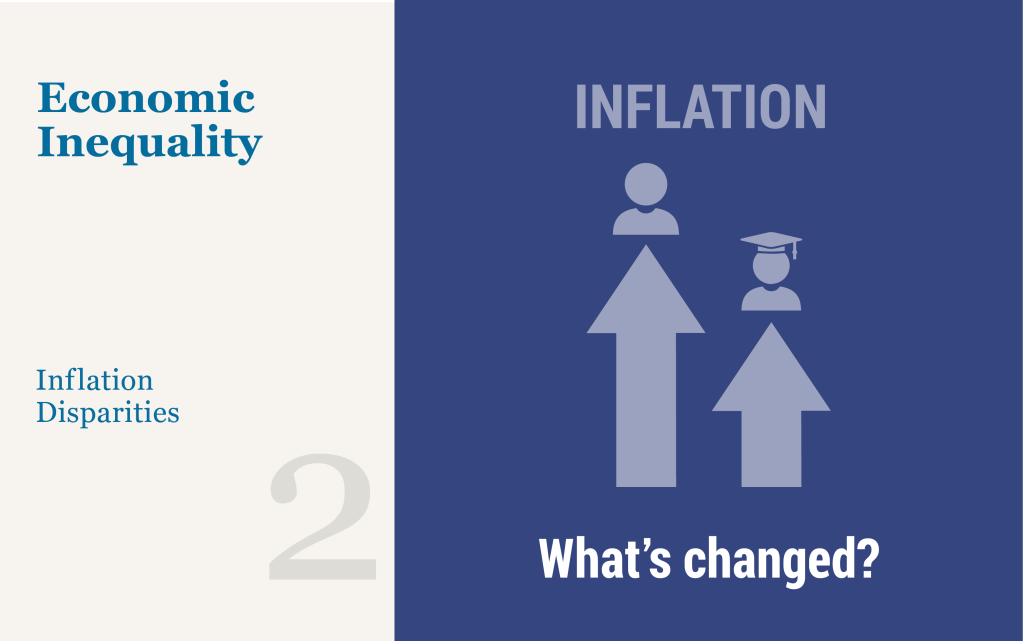
We continue our series on inflation disparities by looking at disparities in inflation rates by educational attainment and age for the period June 2019 to the present. Remarkably, we find that disparities by age and education are considerably larger than those by income and are similar in size to those by race and ethnicity, both explored in our previous post. Specifically, during the inflationary period of 2021-22, younger people and people without a college degree faced the highest inflation, with steadily widening gaps relative to the overall average between early 2021 and June 2022, followed by a rapid narrowing of the gaps and a reversal of some of them by December 2022. This pattern arises primarily from a greater share of the expenditures of younger people and people without a college degree being devoted to transportation—particularly used cars and motor fuel—which led the 2021 inflationary episode but has since converged to general inflation.
Inflation Disparities by Race and Income Narrow
Rajashri Chakrabarti, Dan Garcia, and Maxim Pinkovskiy
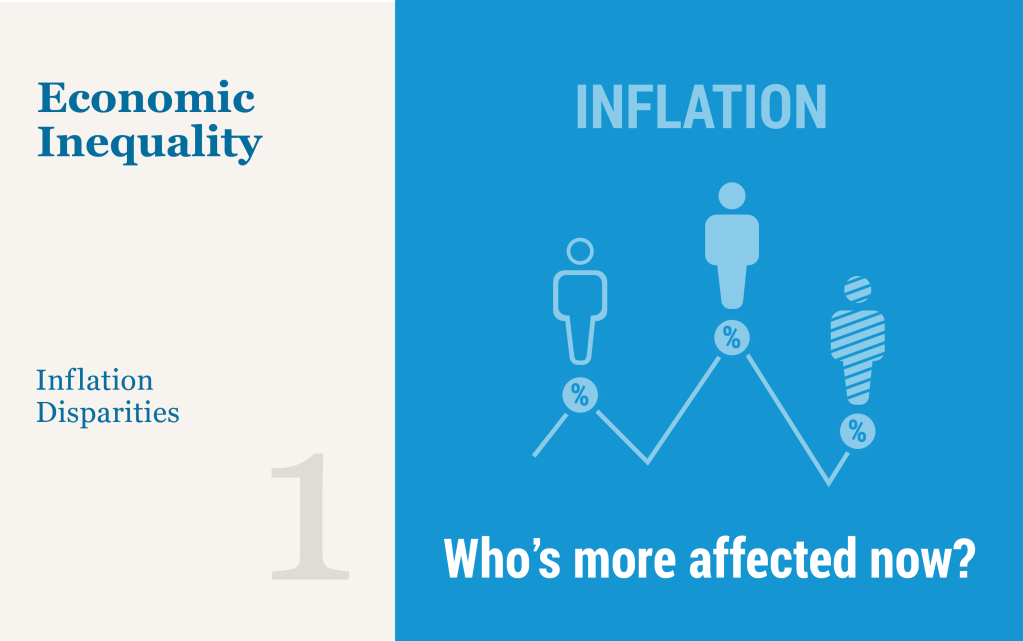
As inflation has risen to forty-year highs, inflation inequality—disparities in the rates of inflation experienced by different demographic and economic groups– has become an increasingly important concern. In this three-part blog series, we revisit our main finding from June—that inflation inequality has increased across racial and ethnic groups—and provide estimates of differential inflation rates across groups based on income, education, age, and geographic location. We also use an updated methodology for computing inflation disparities by focusing on more disaggregated categories of spending, which corroborates our earlier findings and substantiates our conclusion that inflation inequality is a pronounced feature of the current inflationary episode.
How Have Racial and Ethnic Earnings Gaps Changed after COVID‑19?
Rajashri Chakrabarti, Kasey Chatterji-Len, Daniel Garcia, and Maxim Pinkovskiy
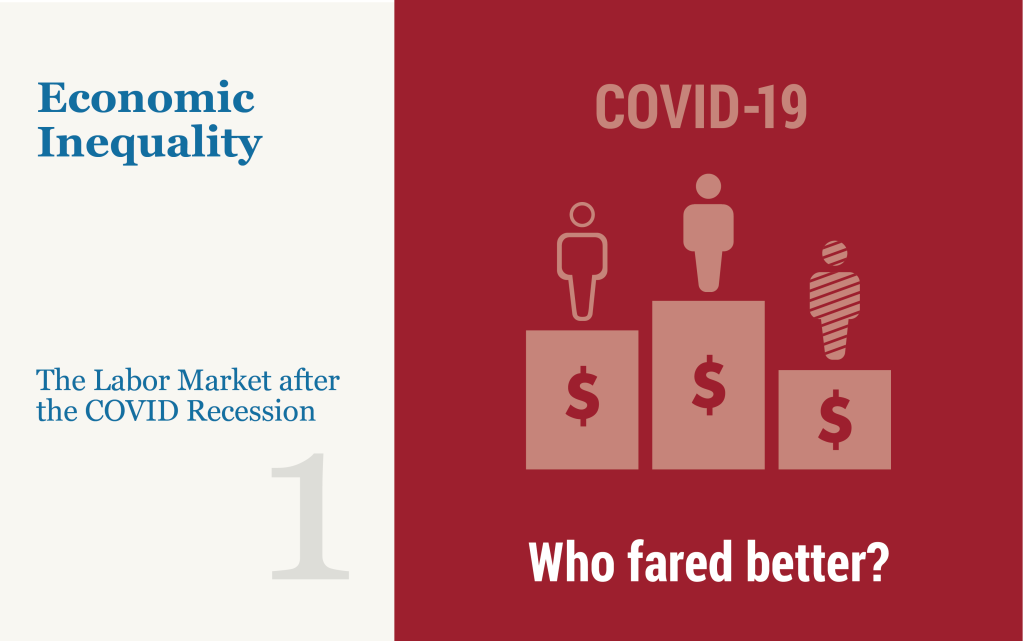
Racial and ethnic earnings disparities have been salient features of the U.S. economy for decades. Between the pandemic-driven recession in 2020 and the rising inflation since 2021, workers’ real and nominal earnings have seen rapid change. To get a sense of how recent economic conditions have affected earnings disparities, we examine real and nominal weekly earnings trends for Asian, Black, Hispanic, and white workers. We find that average real weekly earnings have been declining in the past year, but less so for Black and Hispanic workers than for white and Asian workers. Black and Hispanic workers have also experienced small increases in real earnings since the pre-pandemic period.
Climate Change: Implications for Macroeconomics
Rajashri Chakrabarti, Marco Del Negro, Julian di Giovanni, and Laura Pilossoph
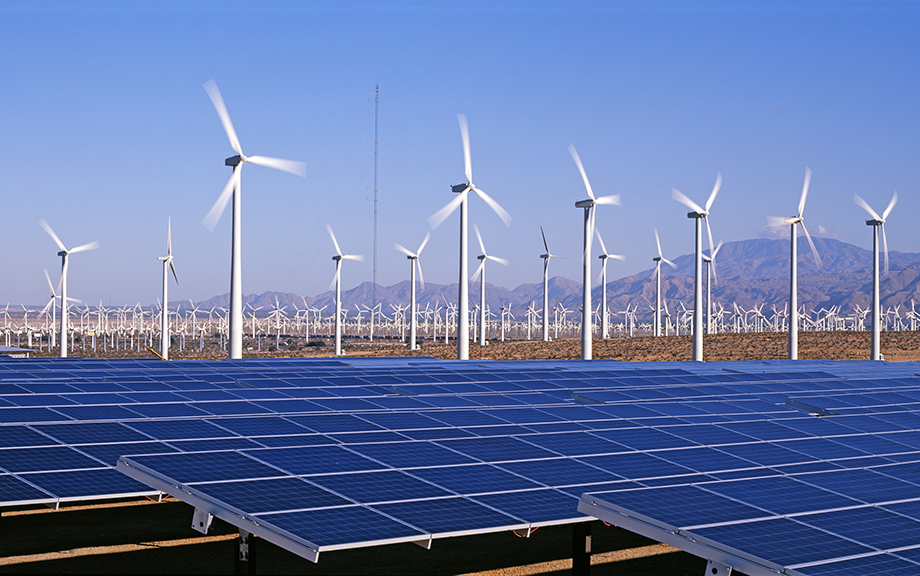
What are the implications of climate change, and climate change–related policies, for macroeconomics in general and monetary policy in particular? This is the key question debated at a recent symposium on “Climate Change: Implications for Macroeconomics” organized by the Applied Macroeconomics and Econometrics Center (AMEC) of the New York Fed on May 13. This post briefly summarizes the content of the discussion and provides links to recordings of the various sessions and the participants’ slides.
Was the 2021‑22 Rise in Inflation Equitable?
Ruchi Avtar, Rajashri Chakrabarti, and Maxim Pinkovskiy
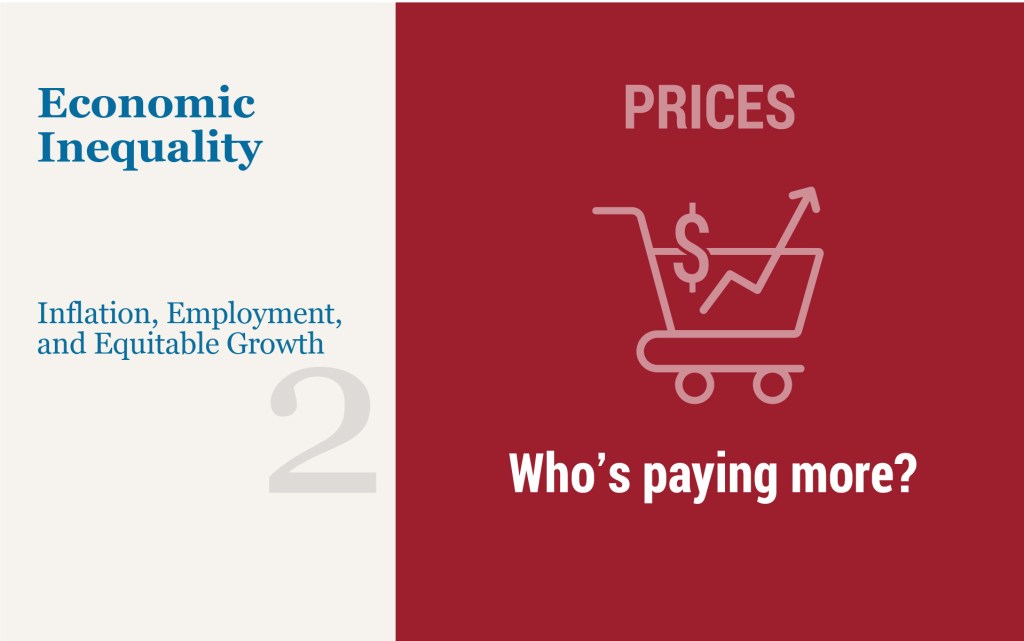
In our previous post, we discussed how the labor market recovery—the “maximum employment” half of the Federal Reserve System’s dual mandate—featured not only a return of overall employment rates to pre-pandemic levels, but also a narrowing of racial and ethnic gaps in employment rates. In this post, we take up the second half of the dual mandate—price stability—and discuss heterogeneity in inflation rates faced by different demographic groups during the rise in inflation in
2021-22. We find that, in contrast to inequalities in employment rates, disparities in inflation rates have widened during the recent inflationary episode, with Black and Hispanic Americans experiencing more inflation.
How Equitable Has the COVID Labor Market Recovery Been?
Ruchi Avtar, Rajashri Chakrabarti, and Maxim Pinkovskiy
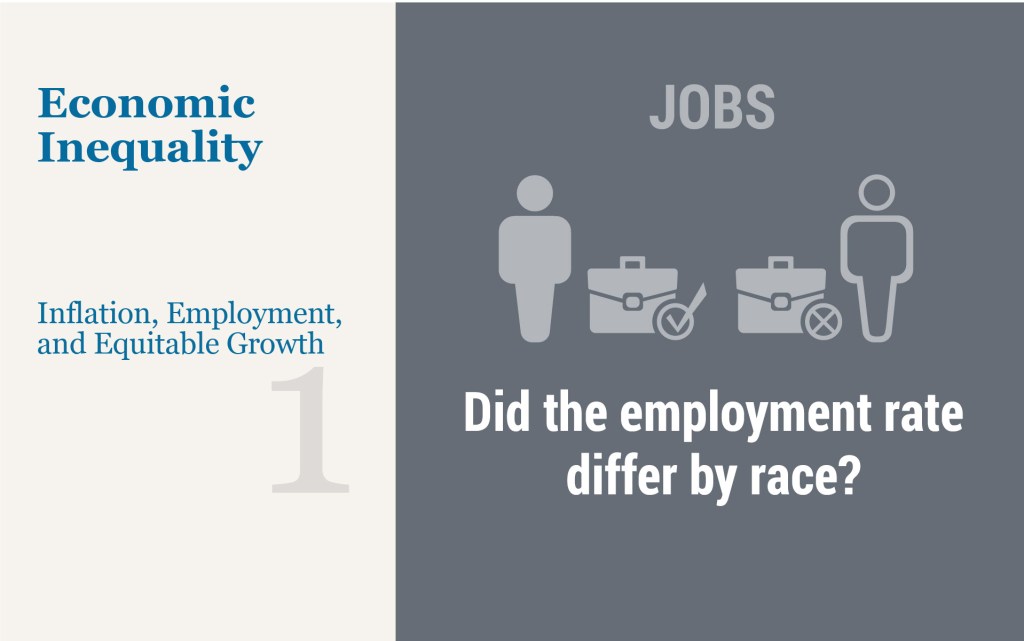
One of the two monetary policy goals of the Federal Reserve System— one-half of our dual mandate—is to aim for “maximum employment.” However, labor market outcomes are not monolithic, and different demographic and economic groups experience different labor market outcomes. In this post, we analyze heterogeneity in employment rates by race and ethnicity, focusing on the COVID-19 recession of March-April 2020 and its aftermath. We find that the demographic employment gaps temporarily increased during the onset of the pandemic but narrowed back by spring 2022 to close to where they were in 2019. In the second post of this series, we will focus on heterogeneity in inflation rates, the second part of our dual mandate.
Who Received Forbearance Relief?
Rajashri Chakrabarti, Jessica Lu, Joelle Scally, and Wilbert van der Klaauw
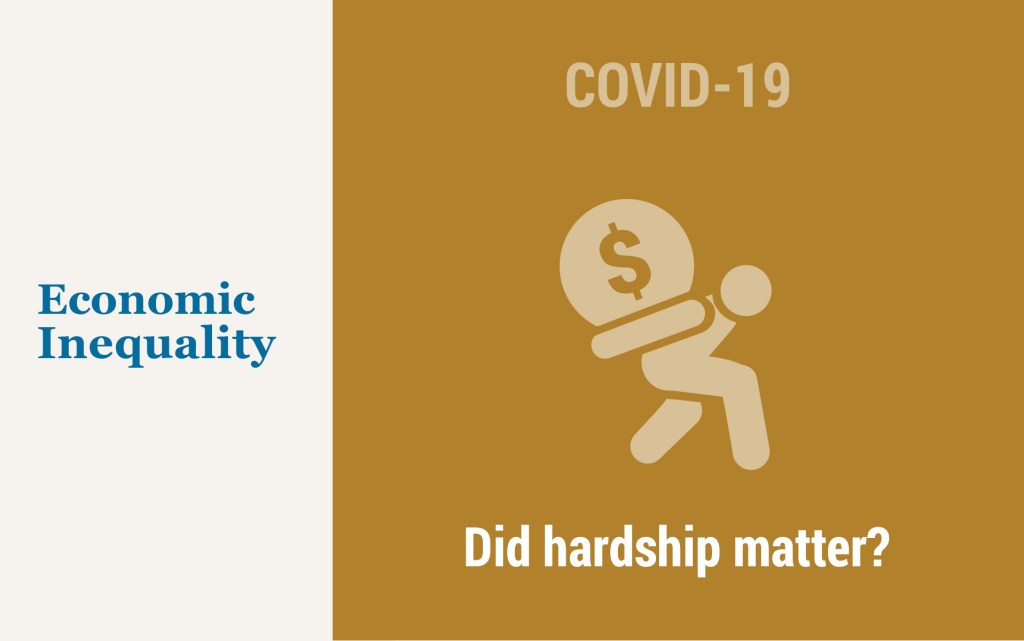
Forbearance on debt repayment was a key provision of the CARES Act, legislation intended to combat the widespread economic losses stemming from the COVID-19 pandemic. This pause on required payments for federally guaranteed mortgages and student loans has provided temporary relief to those affected by the COVID-19 pandemic, and servicers of nonfederal loans often provided forbearances or other relief on request as well. Here, using a special survey section fielded with the August 2020 Survey of Consumer Expectations, we aim to understand who benefitted from these provisions. Specifically, were there differences by age, race, income, and educational background? Did individuals who suffered job or income losses benefit differentially? Did renters receive more or less nonhousing debt relief than homeowners? Answers to these questions are not only key for understanding the economic recovery and implications for inequality and equitable growth, they can provide important insight into the expected effects of more recent and potential future legislation.










 RSS Feed
RSS Feed Follow Liberty Street Economics
Follow Liberty Street Economics